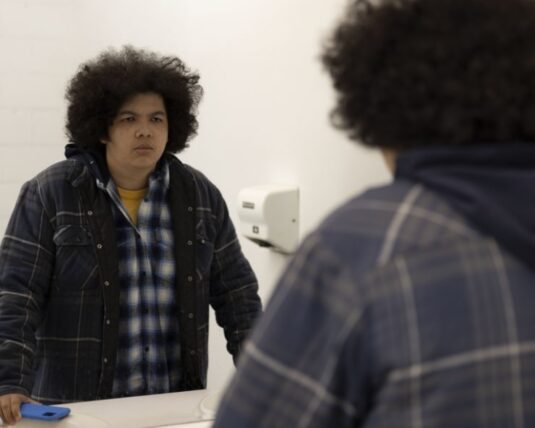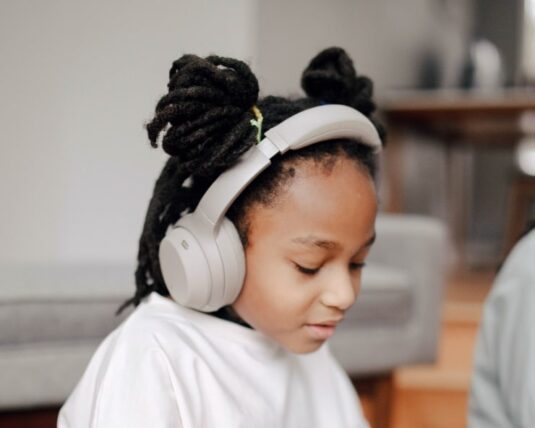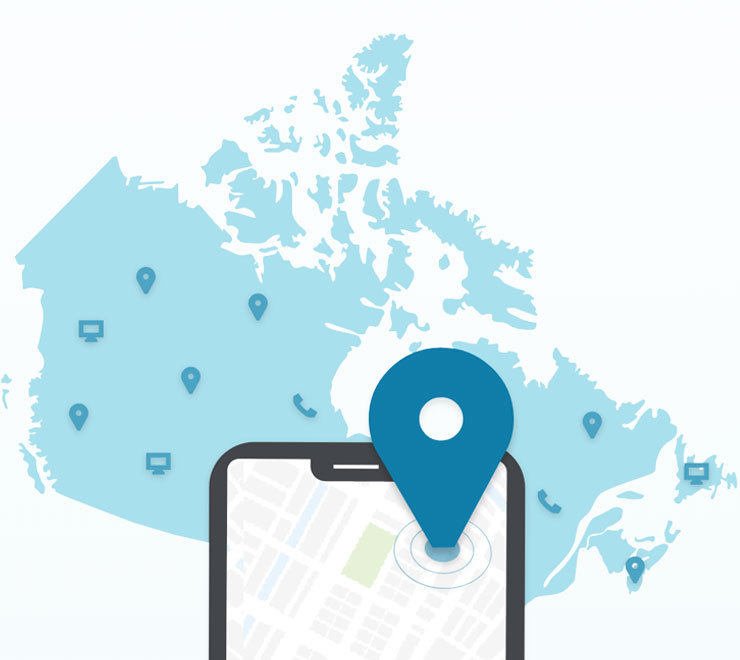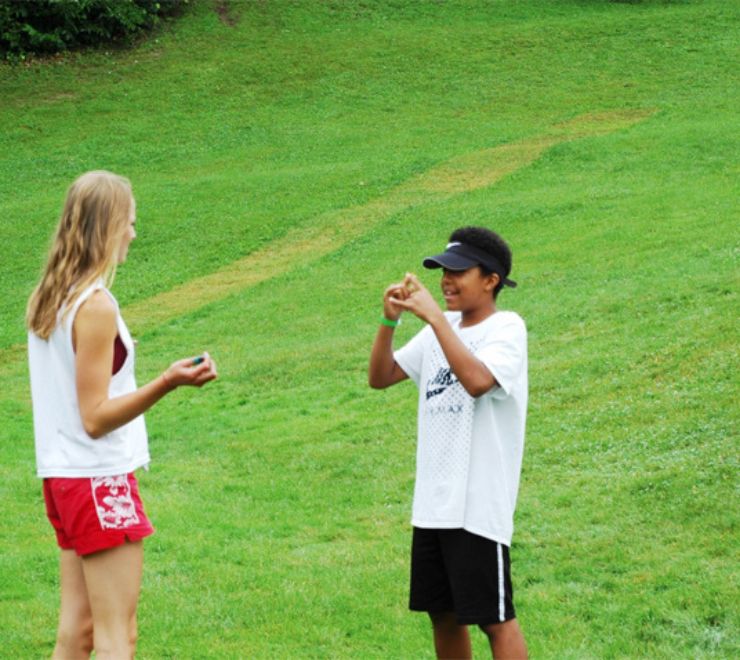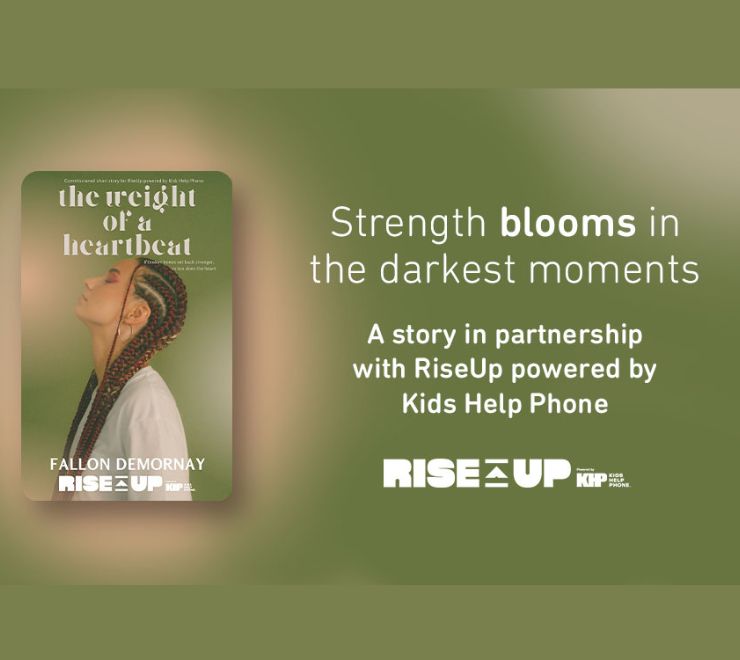What is mindfulness? What are its benefits? How can I practise it? Here, Kids Help Phone shares information about mindfulness and tips on how you can practise it in your daily life!
What is mindfulness?
Mindfulness is giving your full attention to the present moment in an open and non-judgmental way. Practising mindfulness can help you notice what’s going on for you on the inside, including your thoughts and feelings. It can help you recognize what’s around you, in a relaxed way, which can then impact how you respond to stressful situations.
Mindfulness mainly originates from Buddhist meditation. People practising mindfulness don’t need to be spiritual or religious, although sometimes they are. Mindfulness can be a formal practice (where you set a regular time and place to dedicate yourself to it) or informal (where it’s just added into your daily routine).
What are some benefits to mindfulness?
If you find yourself feeling anxious, overwhelmed, like your attention is being divided in many directions (e.g. with school, stress, relationships, etc.) and/or other strong emotions, mindfulness can help you:
- regain your calm and/or relax
- improve your focus
- ground your attention to the present moment
- choose how to respond instead of reacting right away
- build a self-care routine
- connect with how you want to be in the world
Mindfulness is not about forcing yourself to feel a certain way, but accepting how you feel in a given moment with kindness. For some people who may have experienced stressful or upsetting situations and/or feel triggered by certain sensations, it’s important to connect with a safe adult and try it together if you feel comfortable. Practising mindfulness can be new, exciting and/or confusing (or cause you to feel other emotions) and it’s OK to reach out to ask for support to feel safe.
How can I practise mindfulness?
You may notice that it can take time to train the mind to focus on the here and now. Some days, mindfulness activities can feel easy, and other days, they may feel trickier. But with practice, mindfulness can help us get curious in recognizing our thoughts and feelings.
Some people may ask, “Do I need to sit still, close my eyes and meditate?” You can meditate if you want to! But there are actually many different ways to practise mindfulness. If you haven’t tried mindfulness activities before, it can be helpful to try them out with a safe adult. Here are some ways you can practise mindfulness in your daily life (you can choose activities that are relevant to/possible for you):
- Try breathing exercises: a breathing exercise can help you visualize and narrow in on how you’re breathing (e.g. from the belly or the chest, through the nose or the mouth, etc.). By connecting with your breath, you can learn how it responds to your thoughts and feelings. (For example, if you feel nervous and tend to hold your breath in without realizing it.)
- Practise every day: training your mind to practise mindfulness can be like exercising to strengthen your body. You can look for opportunities to be mindful each day. For example, if you’re brushing your teeth, try to bring a gentle awareness and focus to how it feels. Notice how the bristles of your toothbrush feel against your gums, teeth and tongue. Pay attention to how you’re holding your toothbrush handle, how cool or warm the water feels, etc.
- Connect with nature: head outside and notice how your senses tune into your environment. Do you notice the texture on a tree trunk? Can you smell something unique in the air? Do you hear the crunch of snow underneath you? Does the sun feel warm on your skin?
- Consider a hobby: whether it’s playing a sport or doing a creative activity (or something else you enjoy!), try to be aware of your focus. If you’re scoring a goal or taking a photo, how do you feel and what do you observe in the moment?
- Explore grounding techniques: while mindfulness can help you have a gentle awareness of the present moment, grounding techniques can help you connect to what’s presently safe around you if you’re feeling overwhelmed or triggered by past experiences.
Where can I get support with mindfulness?
If you’d like support with mindfulness, you can reach out to a safe adult (e.g. a parent/caregiver, doctor, etc.). You can also check out the following resources for more information!
Apps and games
These apps and games are related to mindfulness, stress, anxiety, problem solving, meditation and more and can help you keep track of how you’re feeling:
Kids Help Phone resources
Other resources
- “Just Breathe” by Julie Bayer Salzman & Josh Salzman (Wavecrest Films) (Mindful Schools)
- How to Create a Glitter Jar for Kids (Mindful)
“If you can shift out of autopilot and into a deep present-moment awareness, you can discover how extraordinary every moment of life can be.” — Dzung X. Vo
If you’d like to learn more about or explore mindfulness, you can contact a safe adult.

